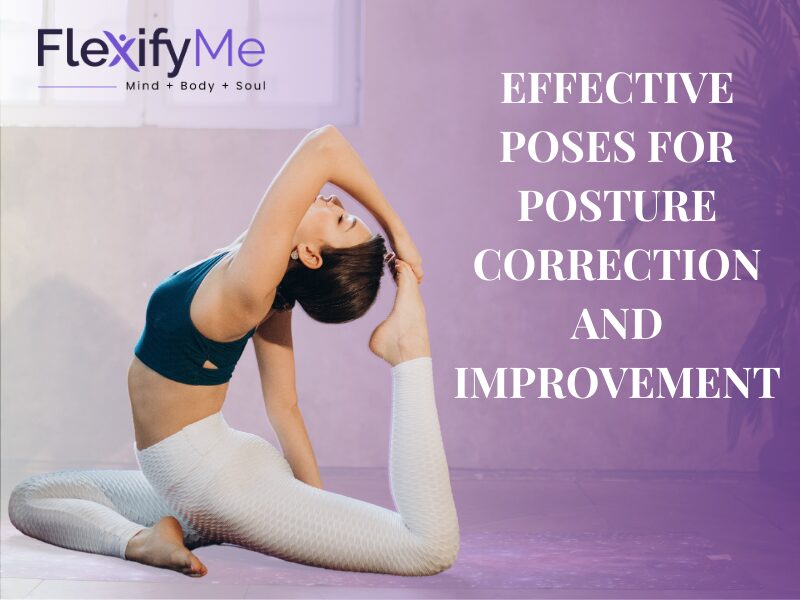
**The Significance of a Pain-Free Yoga Experience**
In the realm of yoga, the practice is frequently honored as a route to physical health, mental lucidity, and spiritual tranquility. Nonetheless, a concerning number of practitioners face pain during their sessions. This article will explore the prevalent pain issues in yoga and how to cultivate a secure and enjoyable practice.
**Prevalent Pain Issues in Yoga:**
1. **Shoulder and Wrist Discomfort:** Commonly found in sun salutations and arm balances.
2. **Neck and Lower Back Discomfort:** Often seen in backbends and forward folds.
3. **Hip and Knee Discomfort:** Frequently experienced in warrior and pigeon poses.
The ongoing nature of these discomforts has led some yogis to steer clear of yoga, despite their passion for it. However, practicing yoga amidst pain should not become the standard.
**Questioning Assumptions:**
To prevent injury, it’s vital to reevaluate some widespread myths:
– **The instructor’s method is always right:** Heed your body’s cues instead of generic instructions.
– **More practice means better results:** Prioritize quality over quantity for a lasting practice.
– **No pain, no progress:** Discomfort shouldn’t be a regular occurrence in yoga sessions.
**Encouraging a Rewarding Practice:**
By embracing a mindful approach to yoga, practitioners can improve their experience:
– **Progress Slowly:** Move at your own rhythm, honoring your limits.
– **Make Adaptations:** Adjustments in posture can help reduce discomfort.
– **Disregard Erroneous Cues:** Rely on your intuition instead of directions that feel off.
– **Choose Supportive Instructors:** Prioritize teachers who value your freedom and comfort.
– **Seek Advice from Yoga-Knowledgeable Physical Therapists:** Discover adaptations that fit your body’s needs.
**Final Thoughts:**
A pain-free yoga practice is not only achievable but necessary. By reexamining beliefs and implementing mindful adjustments, practitioners can savor a rewarding yoga journey free from discomfort. If discomfort continues, it’s an indication to reassess your method and implement needed changes to keep your practice as a source of well-being.